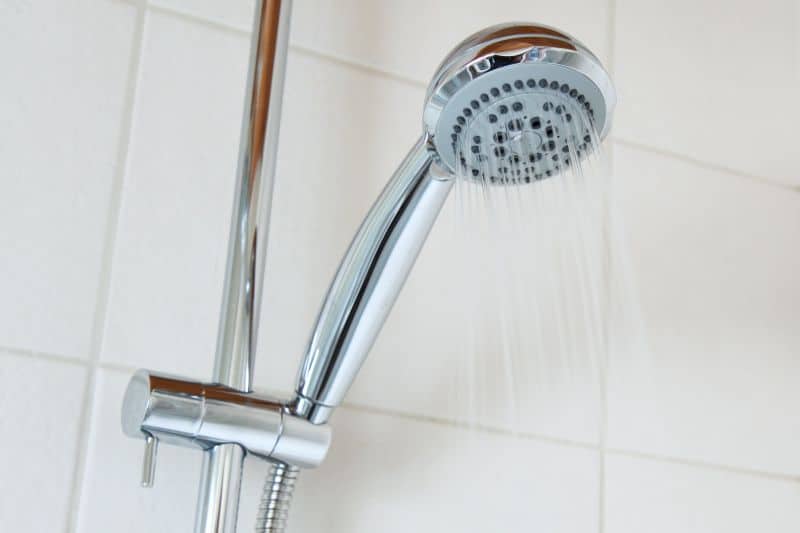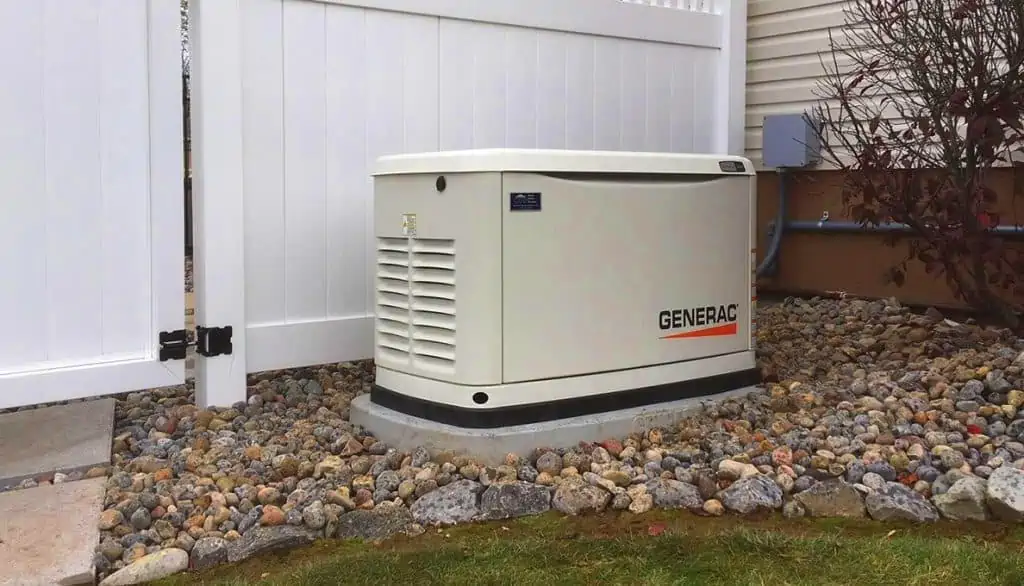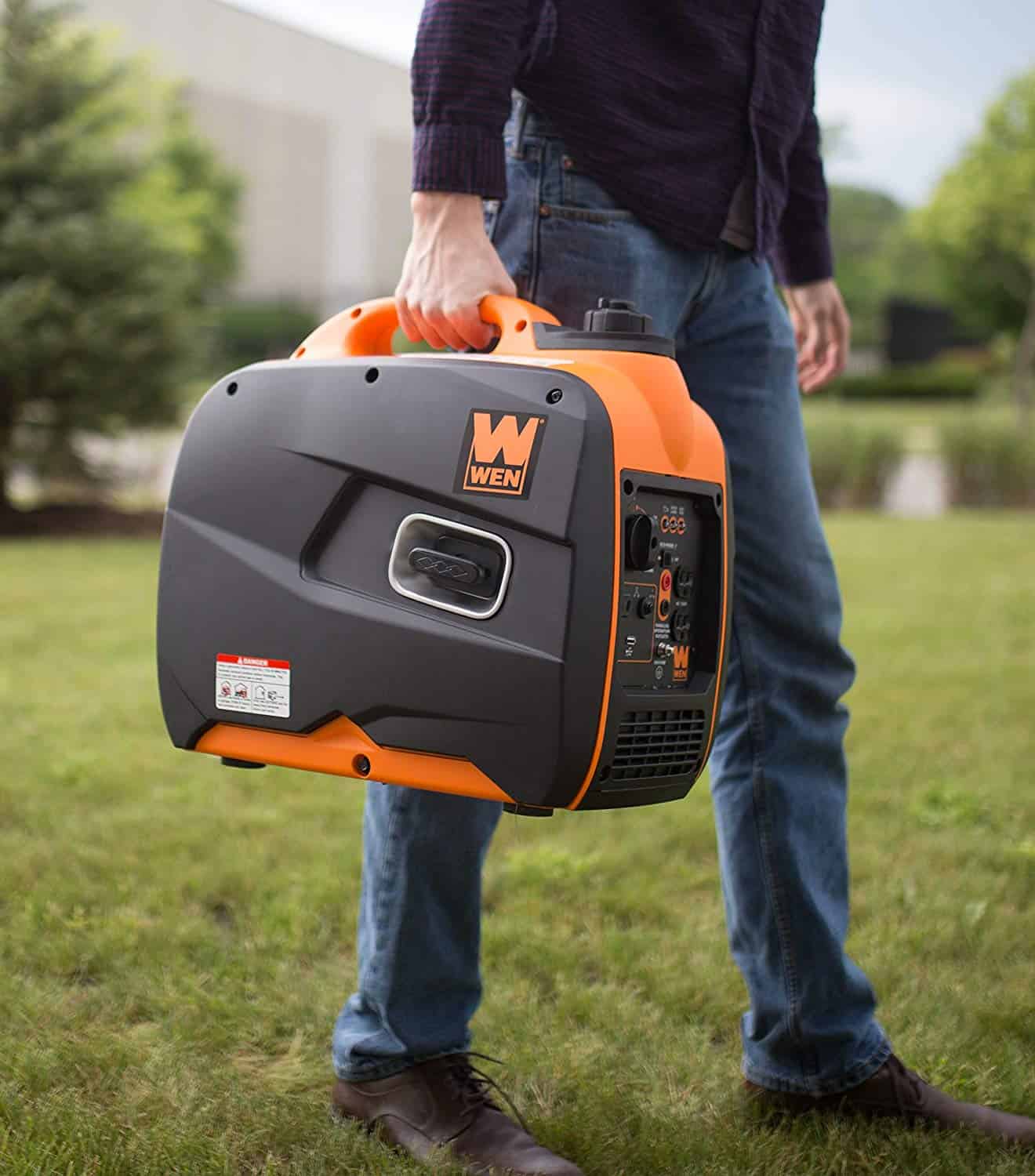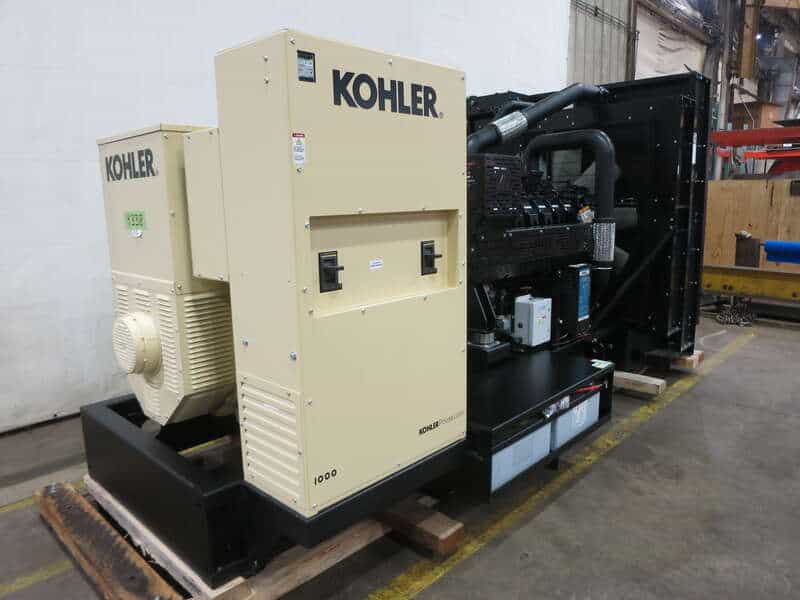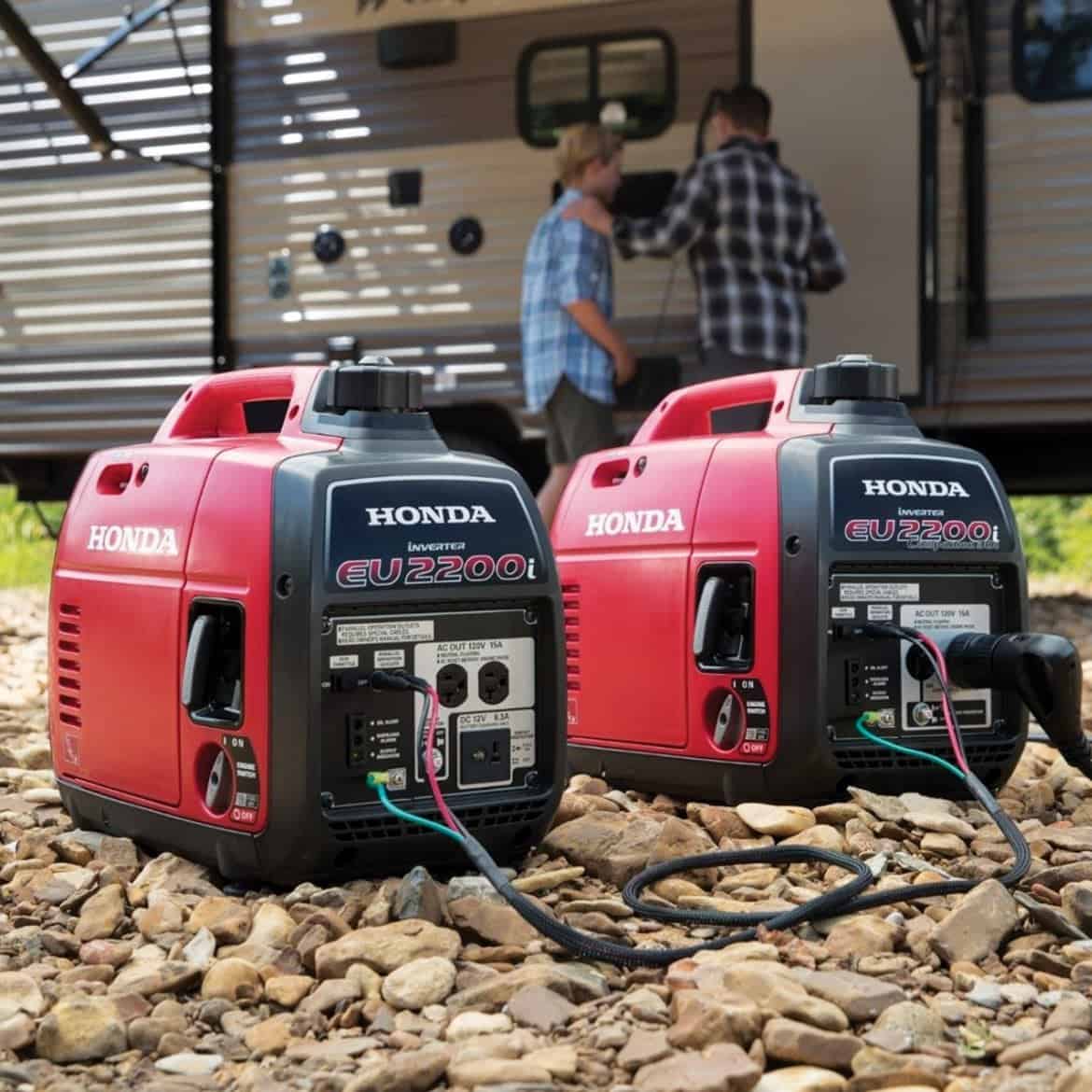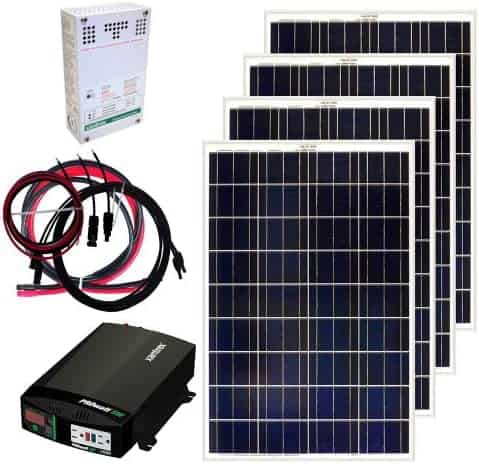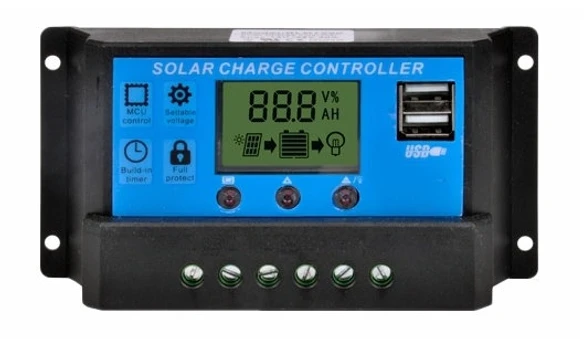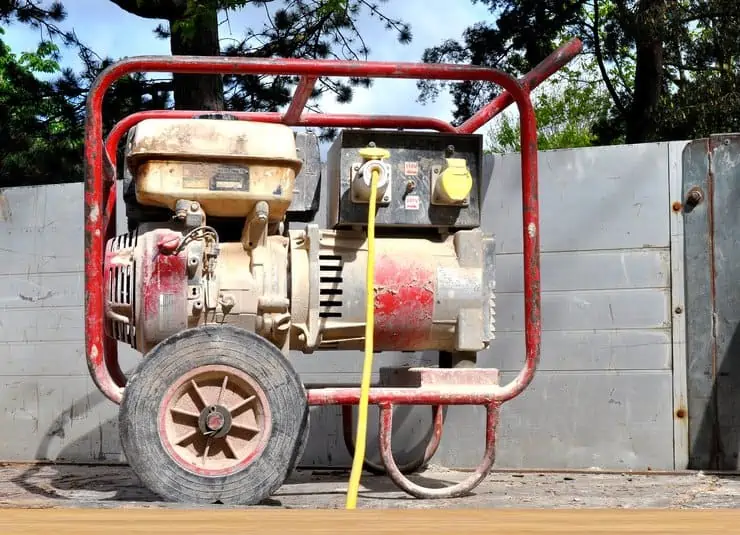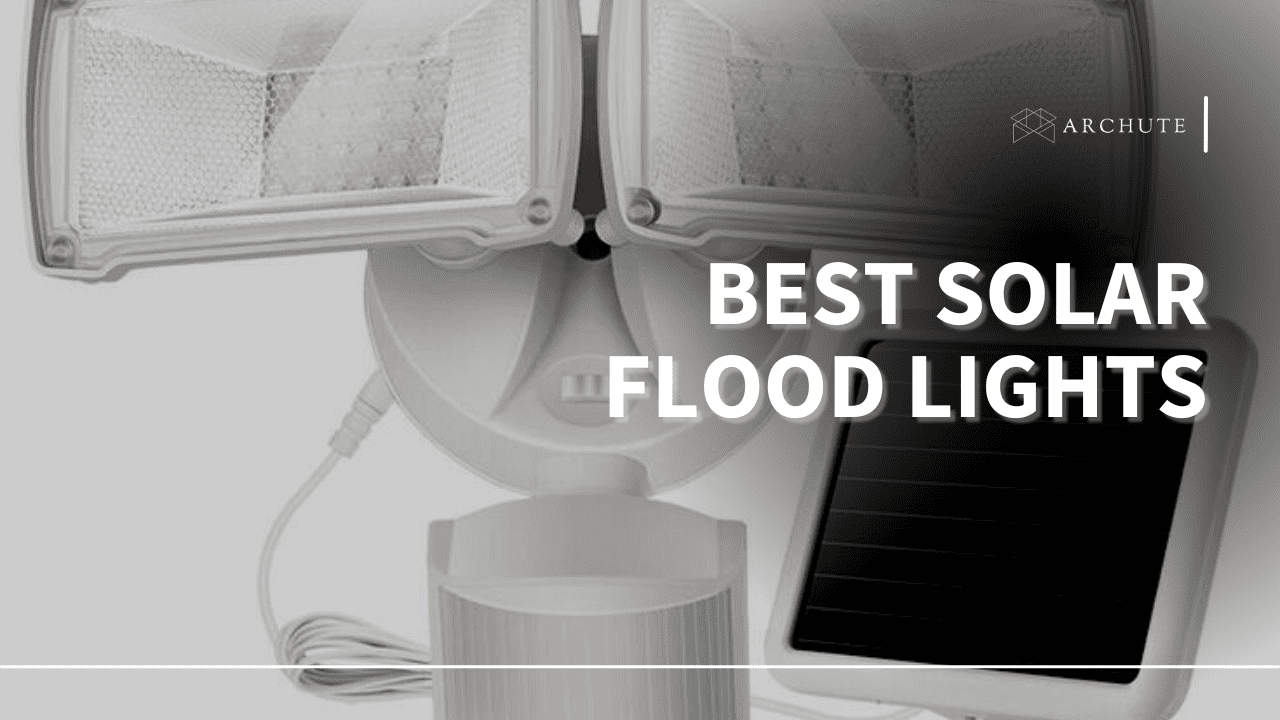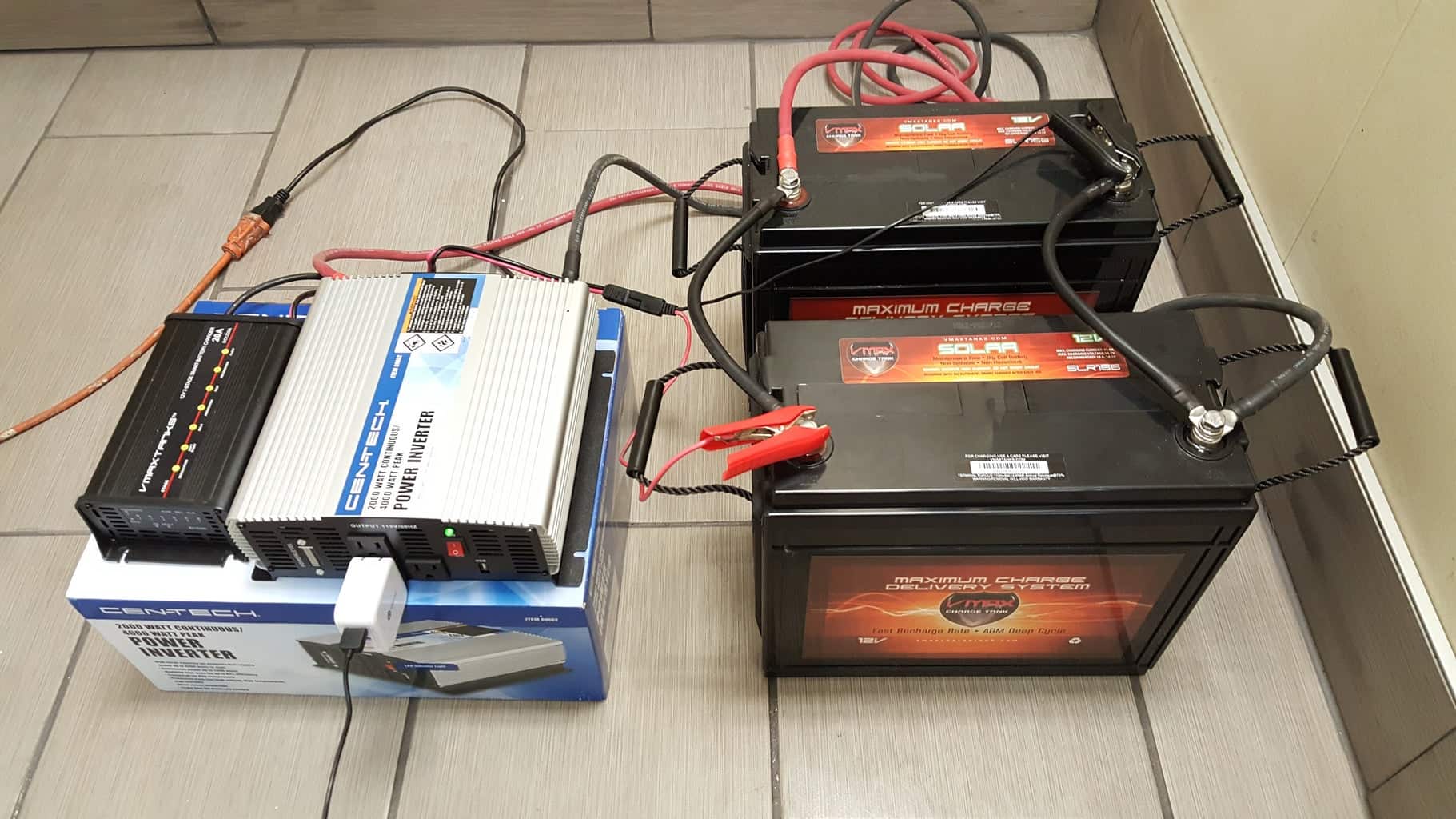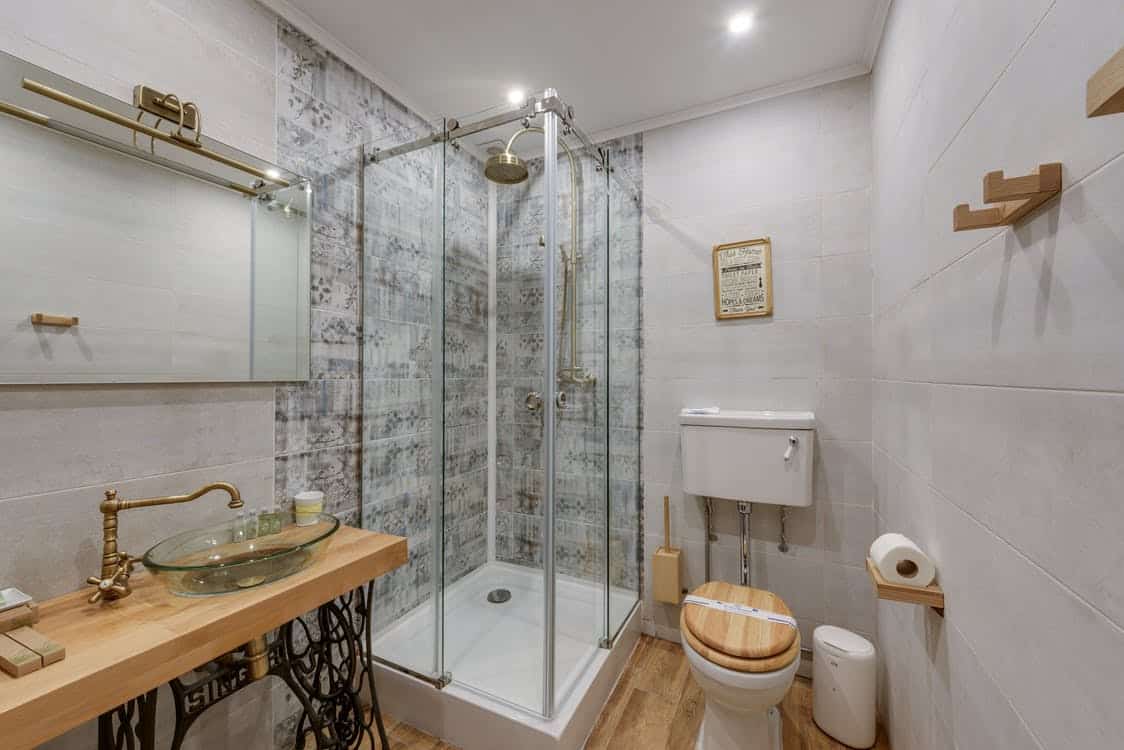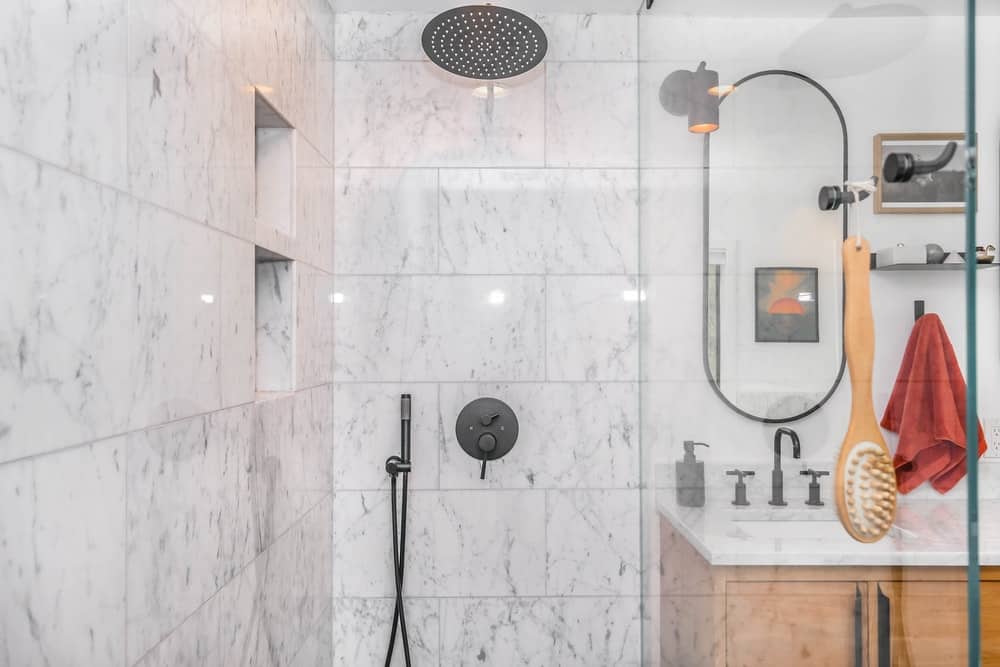Although relying on lukewarm water gives you the best of both worlds, there are numerous benefits to taking cold or hot showers. Still, after a long day, people prefer the latter as it is linked with improved blood flow, sleep, cardiovascular health and reduced fatigue. However, since the water temperature is not always consistent, you may find yourself looking into how to make shower water hotter.
Unfortunately, no standard temperature distinguishes a hot shower from a lukewarm one. However, if the water is between 98 and 120 degrees Fahrenheit, you are safe. Before we jump into the useful tips for getting consistently hot water in the shower, let us interrogate why this issue occurs.
Why Can’t I Achieve the Perfect Temperature for my Hot Water Shower?
What is the source of your hot water? Are you using a tankless water heater, electric burner or gas burner? And importantly, can you access the thermostat to check whether the correct temperature is set?
Typically, if you are not getting enough hot water, tweaking the thermostat tends to help. Perhaps someone accidentally touched the thermostat, which causes the cold water in your showers. If this is not the case, the following reasons may be the culprit.
1. Buildup of Deposits in your Hot Water Tank
Regular tap water contains dissolved minerals and salts that can solidify if the temperature fluctuates. In addition, there is plenty of dirt and debris within the water that can create a sediment layer at the bottom of the tank. Unfortunately, this is where the burner of the water heater is located.
The sludge at the bottom of your water heater tank makes heating inefficient and slow. Hence, the temperature will often fluctuate between hot and cold water or remain lukewarm regardless of your attempts to change the heat settings. Thus, check whether there are sediments within the water heaters, especially if you use hard water for bathing.
Admittedly, hard water can cause adverse effects on your hair and skin, causing them to dry. Thus, the best water softener for your showerhead can help alleviate the issue. In addition, a reliable shower drain hair catcher can assist with preventing clogs from the hard water and soap mixture. Plus, you can check out our helpful tips on cleaning out your shower head with vinegar if it clogs.
2. Rust in the Tank and Pipes
Typically, hard water, high in mineral content, poses many issues. For starters, the corrosion can lead to leaks in your water heater tank or cause the metal pipes for the inlet and outlet to burst. Aside from mechanical issues, you may notice your water is not getting hot enough. In addition, bathing with rusty water can be unnerving since you are using visibly contaminated water with a musty odor.
3. Damaged Water Heater
Electric water heaters can sustain damage from continued use. Faulty components can use a reduction in efficiency, which lowers the temperature of your hot water supply. Get a professional to check the heating elements to ensure you are not confined to taking a cold shower.
Gas water heaters, especially old ones, are prone to leaks in the gas piping. Typically, you can diagnose the issue by checking for gas smell close to the water tank. However, a reliable professional can help you sort out the problem in this case.
If your water heater cannot circulate cold and hot water effectively, it may be lukewarm or an intermittent change between the temperatures. Variations that use dip tubes to move water for even heating can have the component malfunction. Many homeowners, especially those with old houses, should get professional cleaning and checkup of their water heater tanks biannually.
4. Is Your Hot Water Tank Sufficient?
A residential water heater should match your needs, whether you use a solar heating system, tankless water heater or a storage tank with a heat pump. Hence, consider the number of people in the house, the time of day hot water is required the most and the kinds of uses you have (shaving, a washing machine, a dishwasher, or handwashing.) You can check out a useful guide here to help you size your heating system to ensure hot showers.
5. Cold Water Supply?
During the colder winters, your water supply may be too cold for your water heater to raise its temperature sufficiently. In some cases, adjusting your thermostat will yield the right temperature for your hot showers. However, remember to lower the settings later to avoid burning yourself in the bathroom.
6. Is Your Thermostat Working Properly?

Image Source: Pxhere.com
Although a water heater tank is completely insulated, a mounting area for your thermostat has the metal shell exposed. The heat-regulating component senses the water temperature through the conducting metal contact. If the reading is below the set level, the device instructs the heating elements to fire up.
You can measure the water temperature from the shower faucet first thing in the morning and compare it to the set temperature of your thermostat. This process can help you determine if the component is still working, but If your thermostat is failing, you may need to repair or replace it. Handy individuals can attempt a repair or replacement with the right tools. Alternatively, you can seek professional assistance.
How to Make Shower Water Hotter
1. Use the Shower Valve Stem
Some homes feature a valve stem for the water outlets in the bathroom: the tub or the shower. On the other hand, some houses have two mixing valves where one outputs hot water while the other is responsible for cold water. Depending on how many times you turn each faucet handle, you can get the best temperature for you. The mixing valves can be labeled with blue and red markings to help you tell the temperature.
Typically, a bather can regulate the temperature by adjusting the valve stem to release more hot water. This process is a little more involving than the previous ones, as you need to remove the handle with a screwdriver to open up the metal cover beneath the faucet handle. Afterward, you can see the Rotational Stop Limit (a plastic part which, when turned in one direction, can decrease hot water flow and increase cold water or do the converse in the other direction.)
Once done, test out the temperature before putting the shower handle back together once done. If you prefer to bathe with low water pressure, you need the best shower head. Also, you can get a handheld one to make you more flexible in the bathroom.
2. Use the Thermostate to Adjust the Temperature
The thermostat plays a vital role in ensuring you get the right hot water temperature. Consequently, it should be the first device you check when you experience a warm shower that will not heat up to your desired level. Use a thermometer to check whether the water flow is at the same temperature as the one set on the thermostat. If this is not the case, consider testing, then replacing the device, if need be.
Furthermore, cold winters may require you to adjust the thermostat to allow the heater to raise the temperature from a much lower point to your preferred level. Nevertheless, increasing the settings may not yield desirable results if the piece is damaged. Hence, establishing its integrity should be the first step.
3. Maintenance
Rust and sediments within your hot water tank could often cause a reduction in the water temperature. Consequently, biannual checks of your heating system are vital to ensure it is running efficiently. In addition, you can prolong the life of your setup.
If you are handy with a hammer, you can test for and replace any faulty components. As a rule of thumb, it is shrewd to check for cracks first before you start twiddling with the electrical and mechanical components. After all, trying to clean the tank may not be beneficial if there is a failure in your water heating system.
4. Upgrades
If your current water heating system is more than two decades old, it may be time to upgrade, especially if your hot showers become barely warm. Depending on your budget and sizing needs, you can install a different type of water heater. You can find a breakdown of the options here.
Moreover, if more people are using the hot shower, it may be time to upgrade your heating system to accommodate the usage increase. In some cases, residential heaters also store the hot water, and if it runs out, you need to give it time to get more. A larger tank or a tankless option can ensure your perfect temperature.

